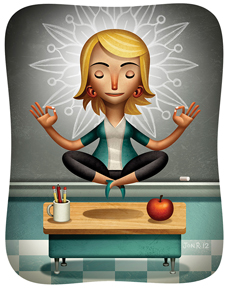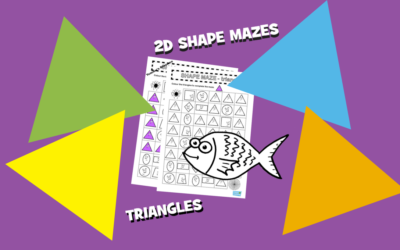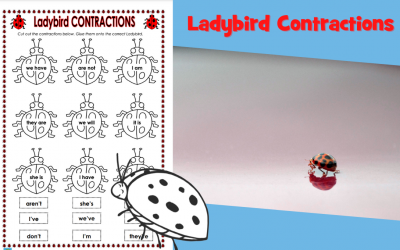Whether it’s your first day teaching a new class, or just the start of a new term or week, you can always consciously decide to modify your teaching style to change the behaviour of your students. The one major thing that removes the joy from teaching is, without a doubt, dealing with badly behaved students. They distract the class, interrupt your well-organised lesson plan for the day, make you look and feel bad about yourself as a teaching professional and cause a lot of stress in general. 
Some teachers seem to have a magic wand that they can simply wave over their class, and the class impeccably behave. Don’t you just wish you were one of those teachers too? Well, here are some tips to help you become one of those teachers you admire!
Things NOT to do when trying to get your class to behave. Below are arguably some of the biggest pitfalls of teaching:
-
- 1. Being disorganised or unprepared. Although many teachers feel that the following is a very appropriate comparison to give, I do so with humour. Soldiers would not go into battle without bringing their weapons (and ensuring they work) and neither should you! Never mind a Plan B, have a Plan C and a Plan D! Make sure your students are kept busy all day, every day, especially those who finish their tasks early. There should never be a chance for them to get bored and unruly.
2. Turn up with a half-prepared behaviour management plan, or none at all. What are the rules of your classroom? Have them written out, on the wall somewhere visible, and then enforce them. For example, listen when others are talking, keep your workspace tidy, and my favourite that was always used in my classroom, put your heart and soul into everything you do. If you don’t know what your own classroom rules and values are, you can’t expect the kids to.
3. Disengage with your students visually and exclude them from the classroom set-up. The year ahead is about creation and learning in progress. While you no doubt want your classroom to look exciting, make sure you leave some space for the children themselves to bring to life through learning. Remember that we all learn differently. Most youngsters are visual learners, who learn while trying the task out for themselves. Allow them to take pride in what they create and display it on the walls of the classroom as the week and year progress. The simple act of displaying a child’s work can teach a very big and important life lesson – self-esteem!
4. Forget your Sense of Humour at home. Many teachers feel that laughter and a smile on a teacher’s face (especially at the start of the year) is a recipe for an undisciplined class. I would have to disagree. You can still garner respect by teaching with love and laughter. Embrace their little minds and hearts, and give them what you expect back. Obviously, you (and they) still need to pay attention to your classroom rules and behaviour management plan, but who says you can’t have fun along the way?





0 Comments